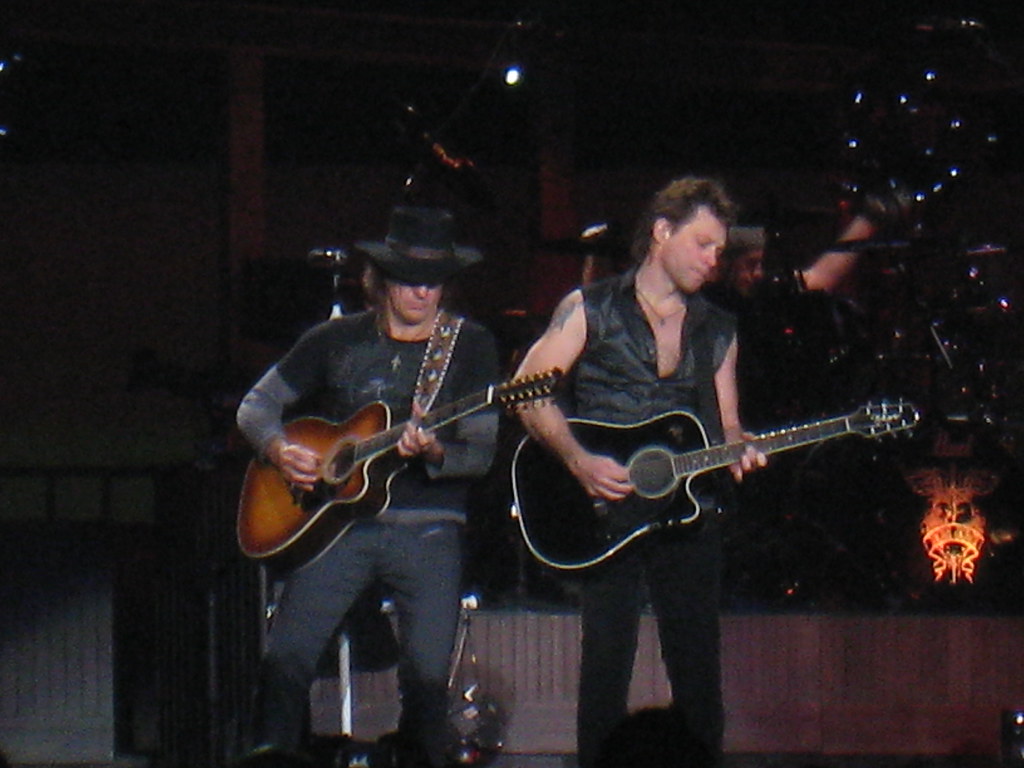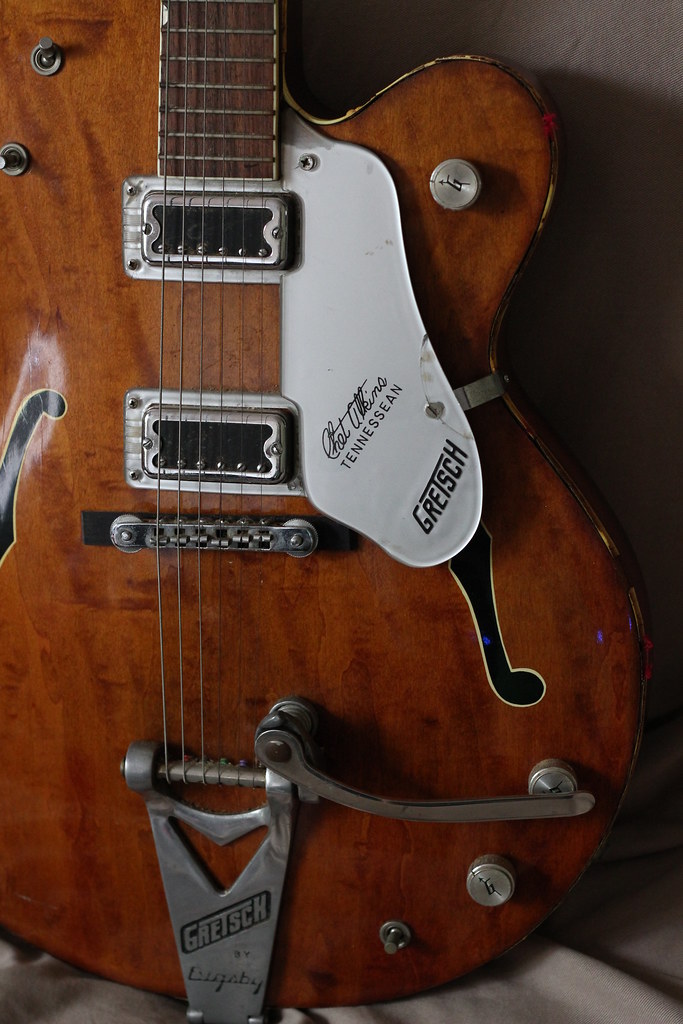Classic rock is known for influencing the styles of future generations, but where did it get its sound from? Let’s take a look at the influences of country music in classic rock, and those who popularised the techniques.
Cowboy Rock
When we think about cowboys, there are many motifs that are synonymous with the characterisation. From their hats to their spurs, and drawings of their likeness on wanted posters. Over the years, this has inspired a wide range of media, from TV shows such as Wanted: Dead or Alive (1958-1961), films like Wanted (1967), and even online casino games. Slot games such as Wanted Dead or a Wild use icons such as bags of loot, bull’s heads, and revolvers, set in the desert of the Wild West. This makes the gameplay authentic and immersive — complete with cowboy-themed sounds and classic rock vibes. But why exactly is classic rock so intertwined with cowboys?
Well, perhaps the most famous media taking the same inspiration as those above is the iconic Bon Jovi track Wanted Dead or Alive (1987). The third single from the Slippery When Wet album (1986), this cowboy rock tune has become one of Bon Jovi’s signature tunes. Written by frontman Jon Bon Jovi and guitarist Richie Sambora, the song intended to show the parallels between travelling rock bands and outlaws on the run, whilst celebrating the Wild West characters they grew up watching. The single artwork shows the band in sepia tones, with fonts you’d see on an original wanted poster, cementing Bon Jovi as the epitome of cowboy rock.

Rock n Roll Blues
Blues stylings have long since been associated with country music. Developed by African Americans in the South of the USA, Britannica Encyclopedia details that by the 1960s, the blues has had a significant influence on the development of the era’s pop music, particularly country music, jazz, rhythm and blues, and, you guessed it, rock. Blues songs are characterised by their melancholic lyrics — expressing emotions — and their unique melodies and harmonies.
Guitar strings are bent, and players slide from chord to chord, switching between syncopated picking and strumming, whilst vocalists modulate syllables across different notes. You can see this influence in The Beatles’ mid-60s hits. I’ll Cry Instead (1964) uses blues chords throughout, Baby’s in Black (1964) features a continuous bendy guitar riff, and, in I Don’t Want to Spoil the Party (1964) George Harrison solos on his Gretsch Tennessean in the style of Carl Perkins.

Influence of Instruments
Perhaps the most iconic instruments of the country genre are the banjo and the mandolin. When rhythmically plucked, the instruments add texture and levels to the music. Whilst more commonly associated with pure country songs, these instruments have also been used in some of the most iconic classic rock songs, too.
Take the Eagles, for example — one of the founding members, and inductee of the Rock and Roll Hall of Fame, Bernie Leadon is a skilled banjo and mandolin player, bringing this bluegrass influence into the classic rock band, which was key to shaping their iconic sound. You can hear the banjos in Take it Easy (1972) and Midnight Flyer (1974), and the mandolin shines in Lyin’ Eyes (1976).
As you can see, Wild West lyrical motifs, blues musicality, and country instruments all had a significant impact on classic rock as we know it. All that’s left to do is listen to your favourite tracks, and see if you can find a country-inspired vibe behind it.




